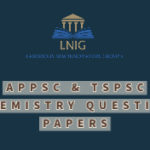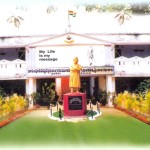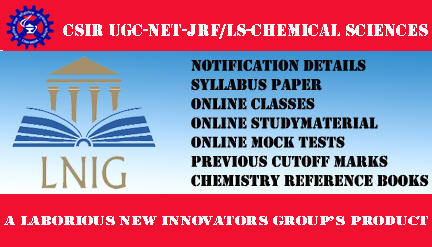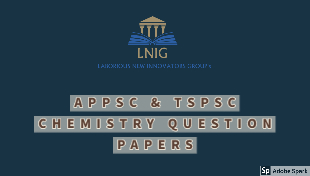Instructor Details
More Courses by LNG CHEMICAL SCIENCES.

APPSC & TSPSC CHEMISTRY QUESTION PAPERSby LNG CHEMICAL SCIENCES.

CSIR UGC NET CHEMICAL SCIENCES QUESTION PAPERSby LNG CHEMICAL SCIENCES.

IIT-JAM CHEMISTRYby LNG CHEMICAL SCIENCES.

K.V.R., K.V.R. & M.K.R. P.G. COLLEGE, KHAJIPALEM.by LNG CHEMICAL SCIENCES.

APRCET CHEMICAL SCIENCESby LNG CHEMICAL SCIENCES.






Organo Cupper Reagents (Gillmann’s reagent) (R2CuLi)
• The Bond which is present between the carbon atom of an organic group and the metal Cupper is called as organo cupper bond and the compounds are called as organo cupper compounds.
• In organo Cupper compounds the electro negativity of the carbon atom of an organic group is 2.5, while the electro negativity of the metal Cu is 1.75.
• In organo Cupper compounds, the electro negativity differences between the carbon atom of an organic group and the metal Cu is 2.5 – 1.75 = 0.75 is low, results 12% ionization.
• High electro negativity of carbon atom than Cu metal negatively polarizes organo Cupper bond towards carbon atom of an organic group results in the formation of carbon anion which acts as nucleophile as well as base.
• Due to Low ionization of organo cupper metallic bond, the carbon anion which comes is act as soft nucliophile as well as soft base.
• Due to Low ionization or Low polarisability of organo cupper metallic bond, organo cupper compounds (R2 Cu Li) are less reactive than organo magnesium compounds (R Mg X) and organo lithium compounds (RLi).
• The reactivity order of organo Cupper compounds, organo lithium compounds and organo magnesium compounds is as follows R-Li > R-Mg-X > R2CuLi.
• Due to Low ionization, organo cupper reagents or organo Gillmann’s reagents are less reactive and more selective.
• In these Gillmann’s reagents the metal which is present ‘Cu’ is less electropositive in nature, when compound to magnesium which is present in Grignard reagent.
-

Add a note